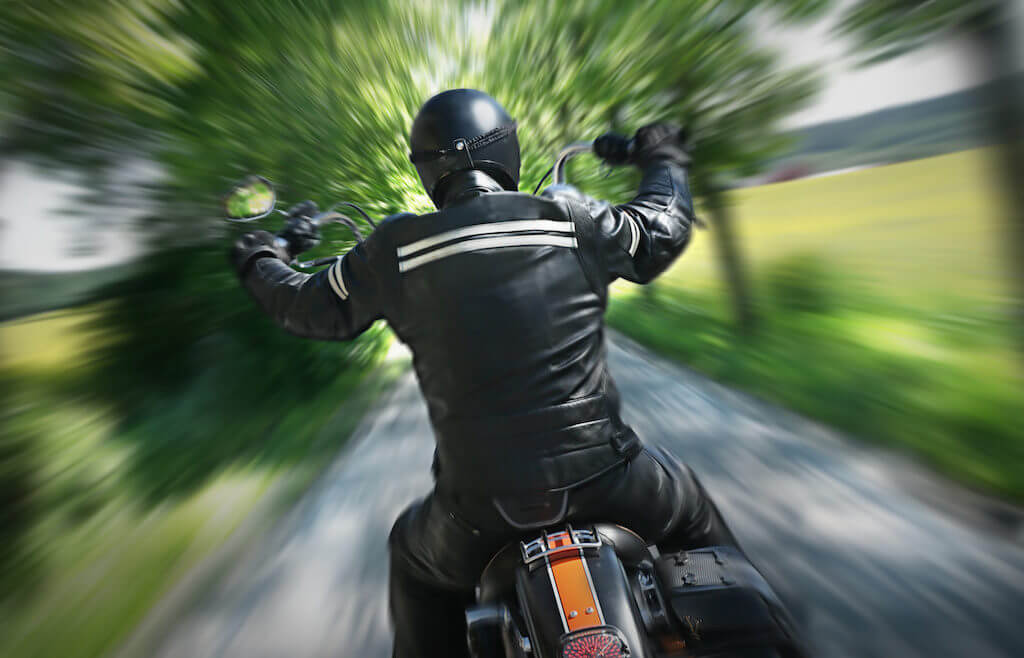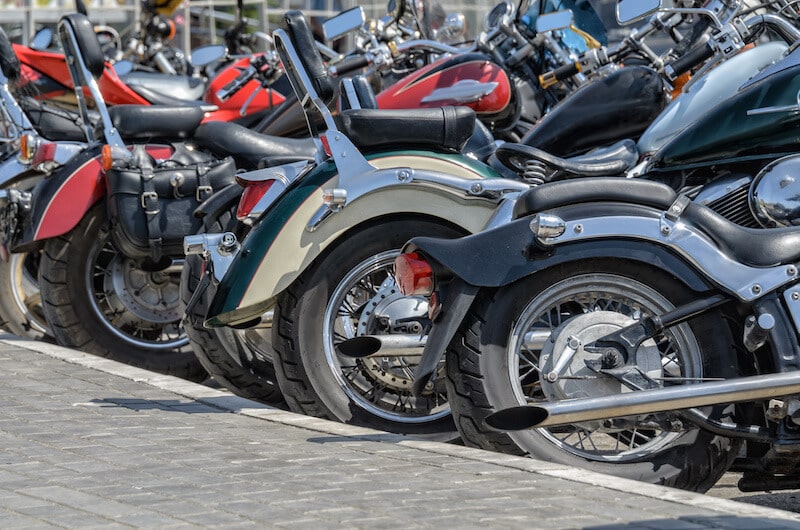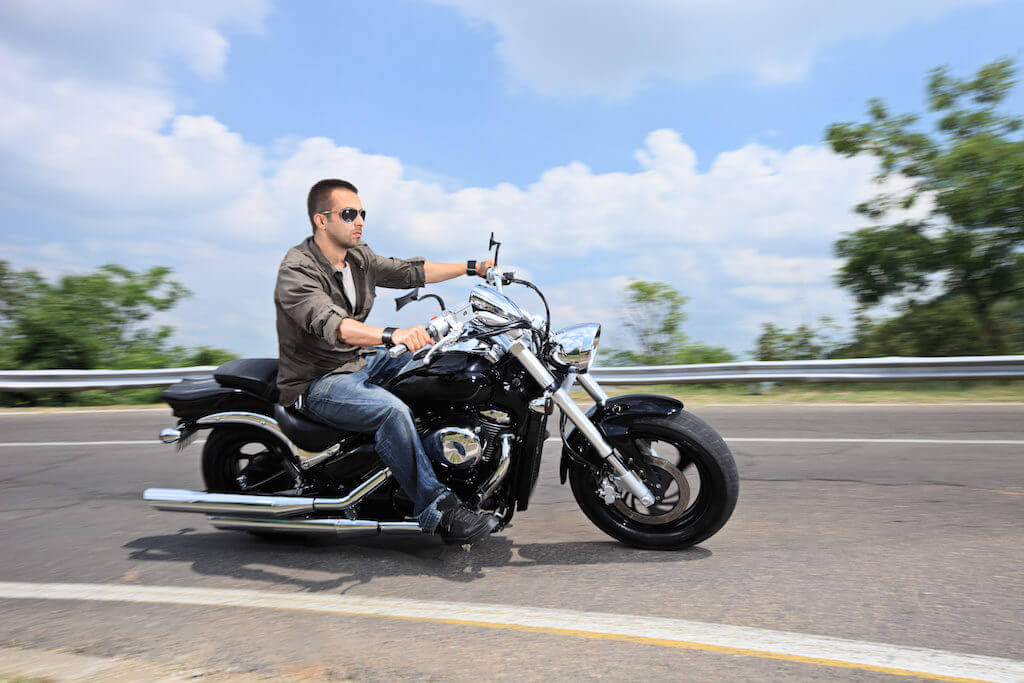Motorcycle safety tips are imperative for any motorcyclist to follow while on the road.The National Highway Traffic Safety Administration (NHTSA) notes that approximately 5,014 motorcyclists had fatal accidents during 2019. However, they also estimated that 1,827 people survived crashes the year prior because these motorists were wearing helmets. If that simple safety precaution can save nearly 2,000 people each year, then consider how many lives can be saved by adhering to a full list of safety measures.
That said, the fear of an accident should not stop you from cruising on your bike. However, by following the recommended safety measures we’ll detail below, you will decrease the chances of getting into such mishaps.





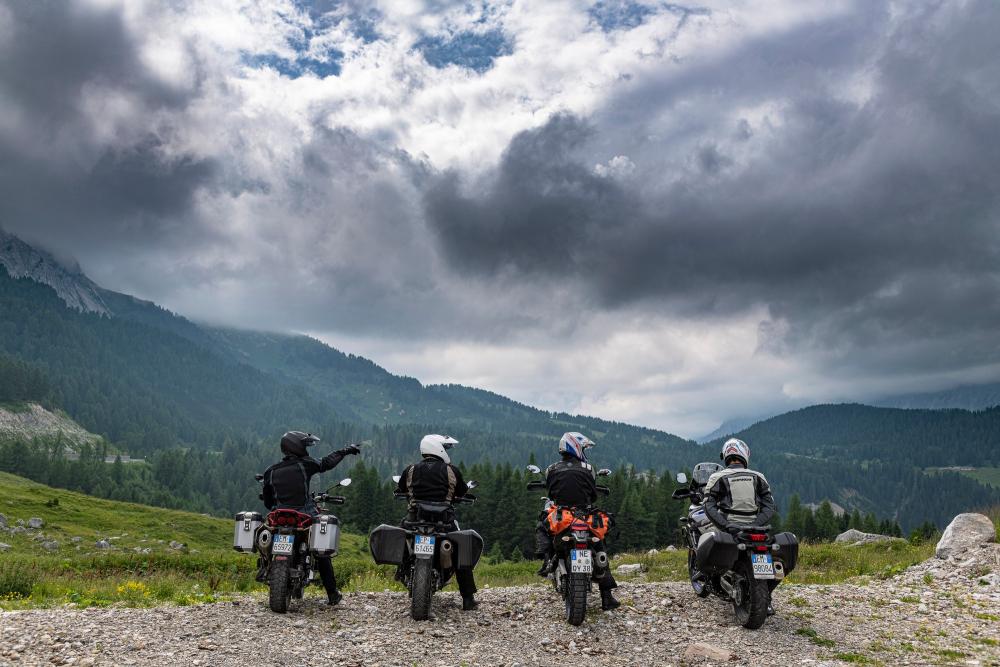
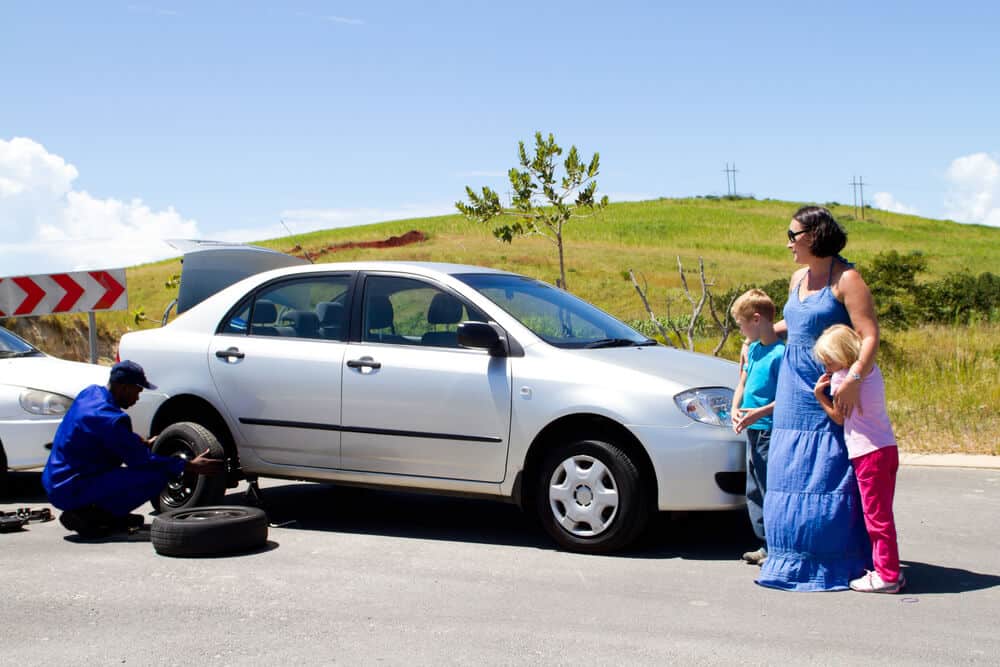 So,
So, 